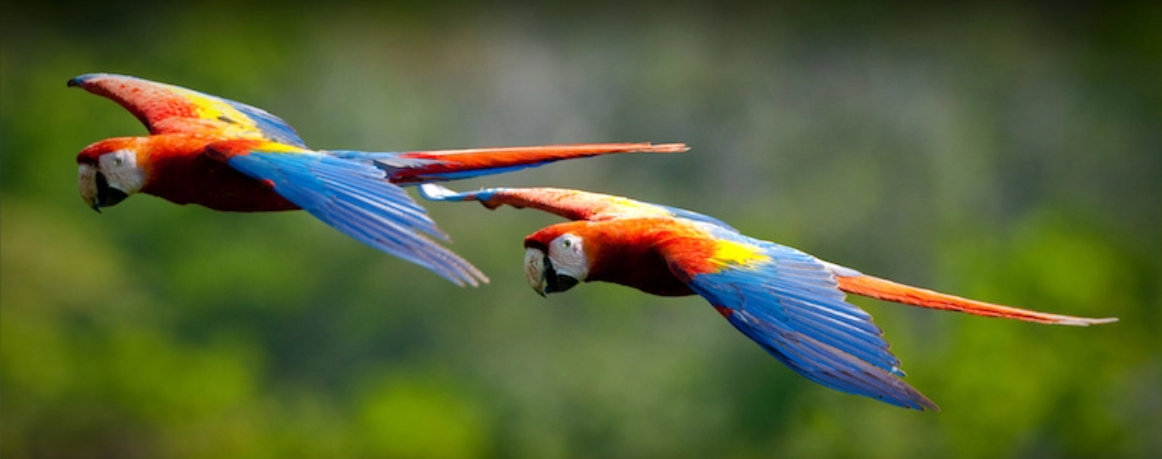by Liz Kimbrough
Key points
- The costs of conservation actions are rarely reported, making it difficult to decide on the best ways to protect and restore nature, a new study shows.
- It looked at nearly 2,000 peer-reviewed papers on wildlife conservation action and found that only 13.3% reported costs, and only 8.8% reported total costs.
- Even then, there was a lack of consistency and standardization in the reporting, making it hard to compare the cost-effectiveness of different conservation actions.
- The study authors say the situation is frustrating, given the urgent need to optimize the limited funding available for conservation to reverse the current rate of global biodiversity loss.
Conservation has a price tag, but the costs are rarely reported. This lack of transparency makes it difficult for people to decide on the most cost-effective methods to conserve wildlife and ecosystems, experts say.
In a newly published study in the journal BioScience, researchers from the University of Cambridge’s Conservation Science Group looked into 1,987 peer-reviewed studies about wildlife conservation action. Only 13.3% of these studies reported any costs, while 8.8% reported total costs.
“Wildlife conservation across the world is severely limited by funding, and the lack of information on the cost-effectiveness of different interventions makes it very difficult to prioritize where this money is spent,” said study co-author Silviu Petrovan.
The researchers found that costs were more often reported when projects involved agriculture, perhaps because this is an income-driven activity. Planting wildflower strips or hedges for wildlife is an easy cost to calculate. Conservation costs were also reported for projects in Africa more often than for any other region of the world.
Yet even when costs are reported, a lack of consistency in the reporting makes it difficult to compare costs among projects. Thomas White, lead author of the paper, said there are easy steps to fix this problem, such as “creating a culture” of cost reporting and standardizing a format. The research group says it’s developing a framework to make it easier to report conservation costs in a consistent way.
“It’s frustrating because the people who implemented conservation projects probably do know how much they cost, it’s just that the information isn’t making its way into the scientific literature so others can benefit from it,” said study co-author Bill Sutherland.
Sutherland leads the University of Cambridge’s Conservation Evidence project, which has compiled information on the effectiveness of different conservation interventions and is intended to support those making decisions about restoring or protecting biodiversity.

“It is important to be transparent about costs of both conservation and restoration projects,” said Robin Chazdon, a forest restoration expert from the University of the Sunshine Coast who was not involved in the study. This reporting should not only include direct costs such as planting native vegetation, but also indirect costs such as the loss of income from crops, she said. These factors can “tip the balance” for whether or not restoration or conservation is a viable option for a landowner.
“If we do not account properly for these costs, we cannot use this information to better plan cost-effective practices and to find sources of financing that will not overly burden landowners or community members,” Chazdon said.
The social and cultural benefits of conservation, as well as the ecosystem services it provides, should be accounted for, Chazdon said, as should the benefits of taking “proactive” versus reactive measures. For example, the costs of reducing large-scale fires are far less than the costs of fighting fires that have escalated beyond control, and natural regeneration (allowing a forest to regrow on its own instead of actively planting trees) is far less costly than full tree planting if the site conditions are suitable.
The Economics of Ecosystem Restoration (TEER), led by the United Nations’ Food and Agriculture Organization (FAO), is working to standardize and provide guidance on how to gather data on costs and benefits of ecosystem restoration in support of the ongoing U.N. Decade on Ecosystem Restoration.
“We’re losing global biodiversity at an alarming rate … it’s a real risk to society, and we need to be serious about reversing that trend,” White said. “To do it will require unprecedented conservation action at a scale we aren’t yet achieving and we don’t have the finances for. So we need to be really careful about selecting the most cost-effective interventions with the money we’ve got.”
Read the original article here.

